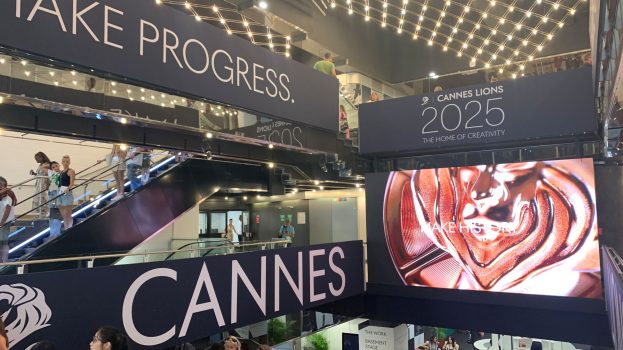The number of current cannabis users continues to climb, half of whom are making their purchases in brick-and-mortar stores.
According to research by Environics Analytics and mobile data company Caddle, based on a survey of 1,193 consumers, in the three years since the passing of the Cannabis Act, which legalized recreational use, the percentage of current users is up from 24.7% to 27.4%.
Overall, 24% of cannabis users (and 39% of heavy users) anticipate purchasing more cannabis over the next 12 months, while only 23% of buyers anticipate buying more cannabis through online channels then they are currently.
Half of consumers will purchase in-store, a number that is split fairly evenly between occasional and frequent users, though skewing slightly towards the latter. However, among the smaller 26.6% of consumers who plan to make their next purchase online, 74.8% are frequent users.
Caddle’s chief revenue officer, Colleen Martin, says that with more retail stores popping up, the word of the budtender is vital in this “very complex category where people are brand and format promiscuous.” Regardless of where they make their purchase, 60% of consumer say they decide which products to buy in-store.
According to Caddle figures, the number one driver of purchasing decisions in retail is a store associate recommendation (44%), far outpacing a store promotion (21%) or product display (15%). Price, neck and neck with store location, are key factors influencing which brick and mortar store they choose.
However, it’s the recommendation of a friend or family, slightly outpacing internet research (38% vs 28%) that’s key to product learning.
According to Martin, peer review is a key driver, and having online user generated content – text, video, photos of people interacting with products and brands and leaving opinions – will help drive trial.
Environics, meanwhile, used its data to identify the groups most likely to purchasing cannabis in the next six months. The groups include young families with three or more people in the household, who use monthly and cite strains, price and flavours as the most important factors. Another group is “diverse boomers” with four or more in the household, who use weekly, prefer pre-rolls, capsules and beverages, and are driven by best before dates and CBD content.
But the most lucrative group young urban millennials living solo, whose tastes gear more toward bud, edibles and tinctures, and are driven by consistent dosage and packaging design. They also use cannabis nearly daily, and have the biggest basket size on flower of the three groups.
Finally, while edible sales have grown 11% since 2019, 75% of consumers overall still buy cannabis in flower or bud format.

























